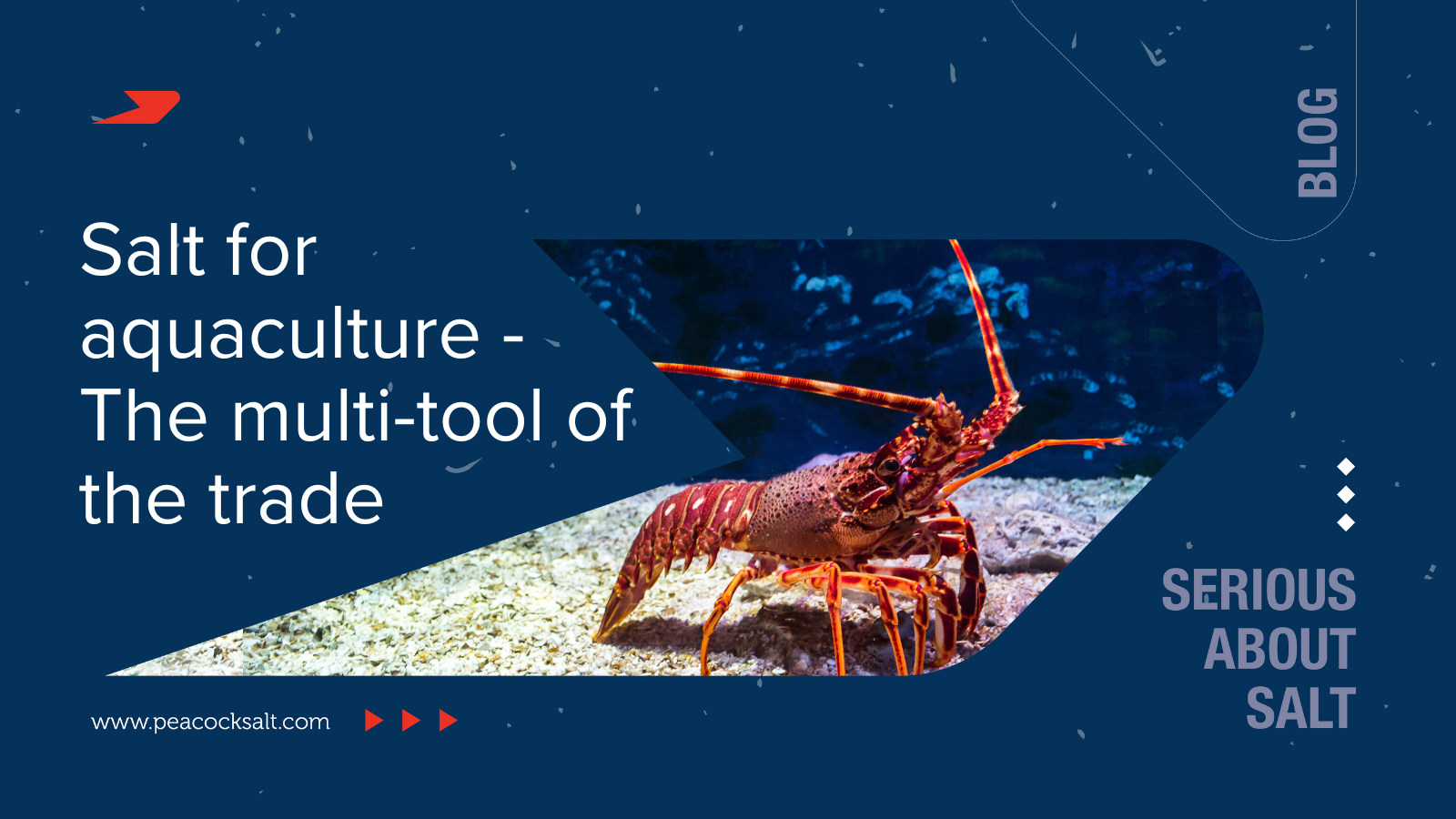
Salt for aquaculture - the multi-tool of the trade
Aquaculture and Pisciculture What is the difference?
Aquaculture (sometimes known as aqua farming) concerns the processes involved in cultivating aquatic organisms like fish, shellfish, aquatic plants and algae for commercial purposes. Pisciculture also known as ‘fish farming’ is the cultivation of fish for the production of food.
What is the use of salt in Aquaculture?
Superficially, to many it may seem like an odd concept, introducing salt to create saltwater – but different salts and different methods can bring a variety of benefits to aquaculture projects. For example:
- Salt can effectively control the levels of external parasites.
- Salt protects from fungus spores in water (saprolegia).
- It can prevent Brown Blood Disease (scientific name methemoglobinemia) which is caused by an accumulation of nitrite in the water.
- It can control protozoans on the gills and skins of fish, enhancing mucus production.
- For fish and shellfish being transported, salt minimises ‘osmoregulatory stress’.
Different types of salt also do different things to the pH of the water – pH being an important contributing factor to whether a species will actually thrive in that habitat.
So, how does pH affect water quality in aquaculture?
Every species of aquatic organism has an ideal pH level for the water they live in, and beyond that an ‘acceptable’ pH range. An ‘acceptable’ range will help species to thrive and live healthily – in general, this is widely accepted to be between 6.5 and 8.5 for most aquatic organisms[1]. Go above or below those numbers and the populations and health of the organisms will start to suffer as they are put under biological strain.
There are all sorts of external factors that can affect the pH levels of water, and so, to keep pH at an optimum level, salts are used. Where Sodium Bicarbonate will quickly lower pH levels, Calcium Chloride will adjust alkaline levels, and Hydrated Lime can be used to bring about more subtle adjustments to pH levels.
British seawater in a bag?
For those responsible for marine wildlife - whether in a tank or in transportation – there is no better habitat than actual seawater. The waters around the UK are typically saline to a concentration of 3.4% and made up of 5 key salts. Rather than the costly transport of liquids (of which 96% is just water), imagine you could pour a granular mixture into tap water and have a virtually limitless, high-quality, minerally accurate equivalent to British seawater. Peacock Salt created just that over a decade ago and it has since become one of the big runaway successes of the UK’s Aquaculture industry.
Using a formulation approved by DEFRA (The Government’s Department for Environmental, Food, and Rural Affairs), the product known as Seamix allows fishmongers, restaurants, and aquaculture practitioners to create huge quantities of liquid that is virtually identical to British seawater. And we all know that the British Isles are known for their healthy and thriving populations of marine life.
Using Seamix buys you a limitless supply of clean artificial seawater. It buys consistency in quality and salinity, operational resistance to bacteria and disruptive natural phenomena such as algal blooms but also general pollution and detritus. It buys you accessibility to seawater whatever your location and at a fraction of the cost.
When it comes to customer satisfaction, the statistics speak for themselves with repeat custom for Seamix coming in at over 90% - an incredible product for the UK’s marine industries. Find out more about Seamix here, or peruse our other salts for use in Aquaculture projects here.
- It’s simple/convenient
- It’s clean
- It’s cost saving
- It’s multipurpose
- It’s customisable
- It’s accessible/unrestrictive/removes geographic barriers
- Its use makes aquacultural processes resistant/immune to natural phenomena such as algal blooms
- It's consistent


